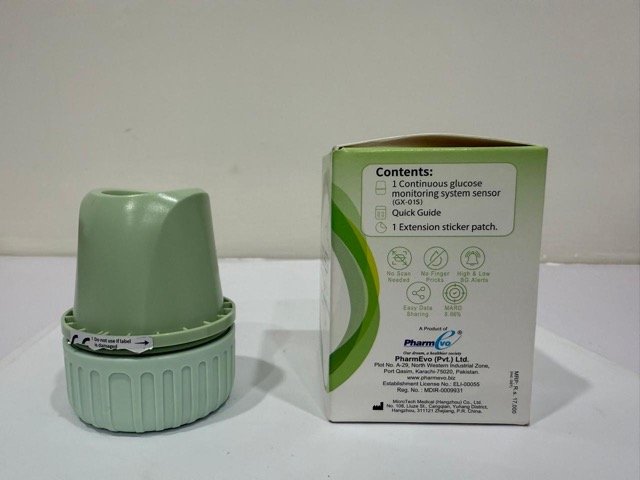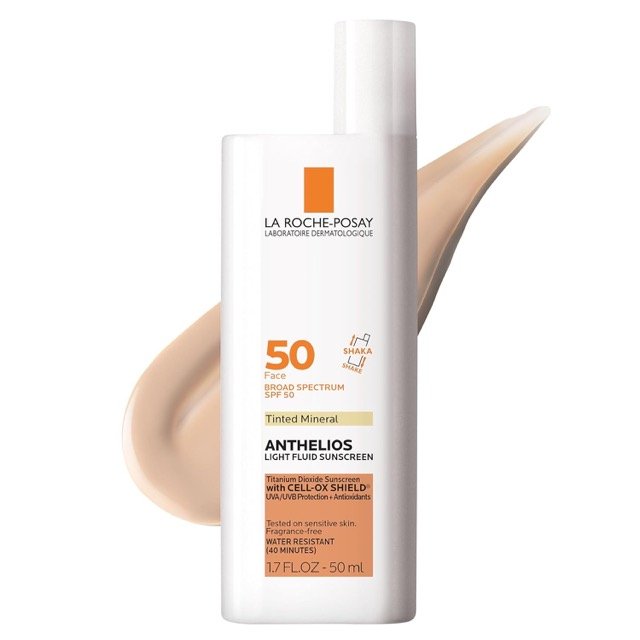Regadenoson (Lexiscan) is a radiopharmaceutical agent that is used for coronary imaging in patients who can not undergo an adequate exercise stress test.
Regadenoson Uses:
-
Radionuclide myocardial perfusion imaging:
- It is used as a pharmacologic stress agent for radionuclide myocardial perfusion imaging (MPI) in patients who can not perform an adequate exercise stress test.
Regadenoson (Lexiscan) Dose in Adults
Regadenoson (Lexiscan) Dose in the Myocardial perfusion imaging:
- 0.4 mg intravenously as a single dose.
Use in children:
Not indicated. [
Pregnancy Risk Category: N
- Animal reproduction studies have shown adverse pregnancy outcomes.
Use during breastfeeding:
- It is unknown if the drug will be excreted into breastmilk.
- The manufacturer suggests that infants should not be breastfed for more than ten hours after drug administration due to the risk of serious adverse reactions.
Dose in Kidney Disease:
- Mild to severe impairment:
- No dosage adjustment is necessary.
- Dialysis:
- Dialyzable;
- No dosage adjustment is necessary.
Dose in Liver disease:
No dosage adjustment is necessary.
Common Side Effects of Regadenoson (Lexiscan):
-
Cardiovascular:
- Cardiac Conduction Disturbance
- Tachycardia
- Flushing
- Ventricular Premature Contractions
- Chest Discomfort
- Angina
- Depression Of ST-Segment On ECG
-
Central Nervous System:
- Headache
-
Respiratory:
- Dyspnea
Less Common Side Effects of Regadenoson (Lexiscan):
-
Cardiovascular:
- Atrial Premature Contractions
- Chest Pain
- Systolic Hypotension
- Ventricular Conduction Abnormalities
- Systolic Hypertension
- Decreased Diastolic Blood Pressure
- First Degree Atrioventricular Block
-
Central Nervous System:
- Dizziness
- Feeling Hot
-
Gastrointestinal:
- Nausea
- Abdominal Distress
- Dysgeusia
-
Respiratory:
- Respiratory Distress
- Wheezing
Contraindications to Regadenoson (Lexiscan):
- Atrioventricular block, second- or third-degree (AV) block
- Sinus node dysfunction in patients who do not have an artificial pacemaker
Warnings and precautions
-
Flutter and atrial fibrillation:
- Reports have indicated that patients may develop new-onset atrial fibrillation or recurrent atrial fibrillation.
-
Effects on the cerebrovascular system:
- There have been reports of cerebrovascular accidents that were hemorhagic or ischemic.
-
Conduction disturbances:
- It can depress the sinoatrial and atrioventricular conduction, resulting in heart block or sinus bradycardia.
- Reports have shown that patients can develop third-degree heart block and asystole within minutes of receiving the drug.
-
Hypersensitivity reactions
- Hypersensitivity reactions can manifest as angioedema and anaphylaxis.
- When administering the drug, it is important to have proper equipment and medical personnel available.
-
Hypertension:
- Patients can develop hypertension as soon as the medication is administered.
- This may resolve in 10 to 15 minutes, or it may be clinically significant and require intervention if it persists.
- Hypertension may last for up to 45 minutes afterward.
- Patients with hypertension should not use this drug.
-
Hypotension
- Hypotension may be caused by arterial vasodilation.
- The drug should not be used by patients who are hypovolemic, those with left main coronary arterial stenosis, or pericarditis.
- Patients with stenotic valvular disease, autonomic dysfunction, and stenotic carotid disease with cerebrovascular impairment must also use caution.
- Patients can experience syncope and transient ischemic attacks.
-
Myocardial ischemia:
- It is possible to cause non-fatal and fatal myocardial infarctions, infarctions, ventricular arrhythmias and cardiac arrest.
- It should be avoided by patients who are severely ill, those with unstable angina or unstable cardiac condition.
- Personals and equipment should be ready to deal with any type of cardiac emergency that may arise during the procedure.
- It is important to follow guidelines regarding the time that the injection should last. A prolonged injection can increase the severity and duration of coronary blood flows.
- In individuals with serious allergic reactions, consider using aminophylline, an adenosine antagonist.
-
Respiratory effects
- It can cause bronchospasm and shortness of breath.
- Before administering the drug, proper equipment to handle any respiratory emergency should be available including bronchodilators (albuterol).
-
Seizure:
- It can lower the seizure threshold, induce new-onset seizures, or prolong the seizures.
Regadenoson: Drug Interaction
|
Aminophylline |
May diminish the vasodilatory effect of Regadenoson. |
|
Caffeine and Caffeine Containing Products |
May diminish the vasodilatory effect of Regadenoson. Management: Avoiding using caffeine or other methylxanthine containing products (e.g., theophylline) for at least 12 hours prior to the administration of regadenoson. |
|
Dipyridamole |
May enhance the adverse/toxic effect of Regadenoson. Specifically, adenosine mediated effects may be enhanced. |
|
Theophylline |
May diminish the vasodilatory effect of Regadenoson. |
Monitoring parameters:
- Heart rate,
- blood pressure,
- continuous cardiac monitoring,
- oxygen saturation
How to administer Regadenoson (Lexiscan)?
Radionuclide myocardial perfusion imaging:
- It is used as a pharmacologic stress agent for radionuclide myocardial perfusion imaging in patients who can not perform an adequate exercise required for an exercise stress test.
Mechanism of action of Regadenoson (Lexiscan):
- It is a low-affinity antagonist of the A2A Adenosine receptor. It increases coronary blood flow, mimicking the exercise-induced increase in CBF.
- The ratio of coronary blood flow to myocardial uptake is proportional to the radiopharmaceutical, which creates the contrast necessary to detect stenotic coronary vessels.
Metabolism:
- Unknown
Half-life elimination:
- Initial phase: 2 to 4 minutes;
- Intermediate phase: 30 minutes;
- Terminal phase: 2 hours
Time to peak, plasma:
- 1 to 4 minutes
Excretion:
- Urine (57% as unchanged drug)
International Brand Names of Regadenoson:
- Lexiscan
- Rapiscan
Regadenoson Brand Names in Pakistan:
No Brands Available in Pakistan.







